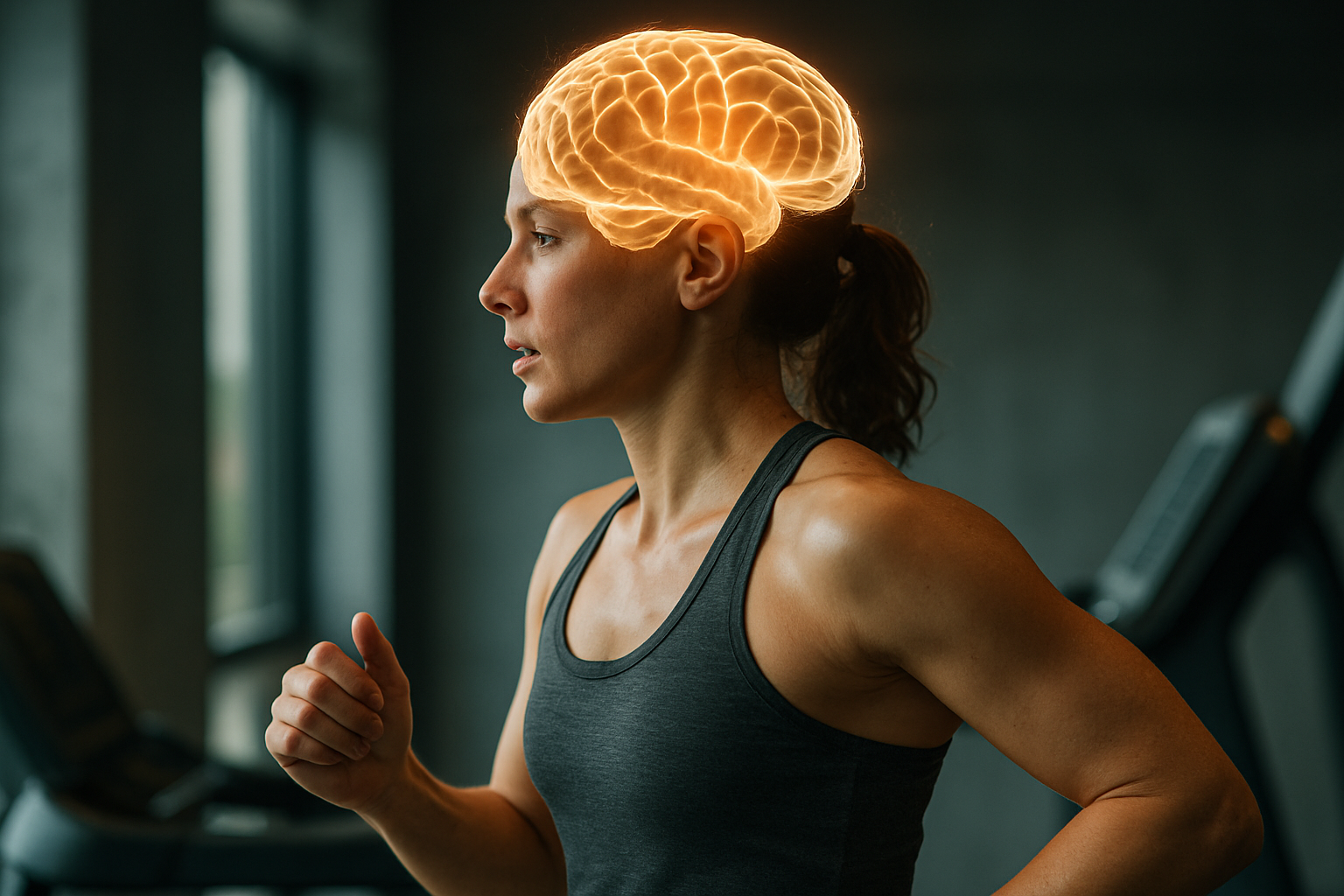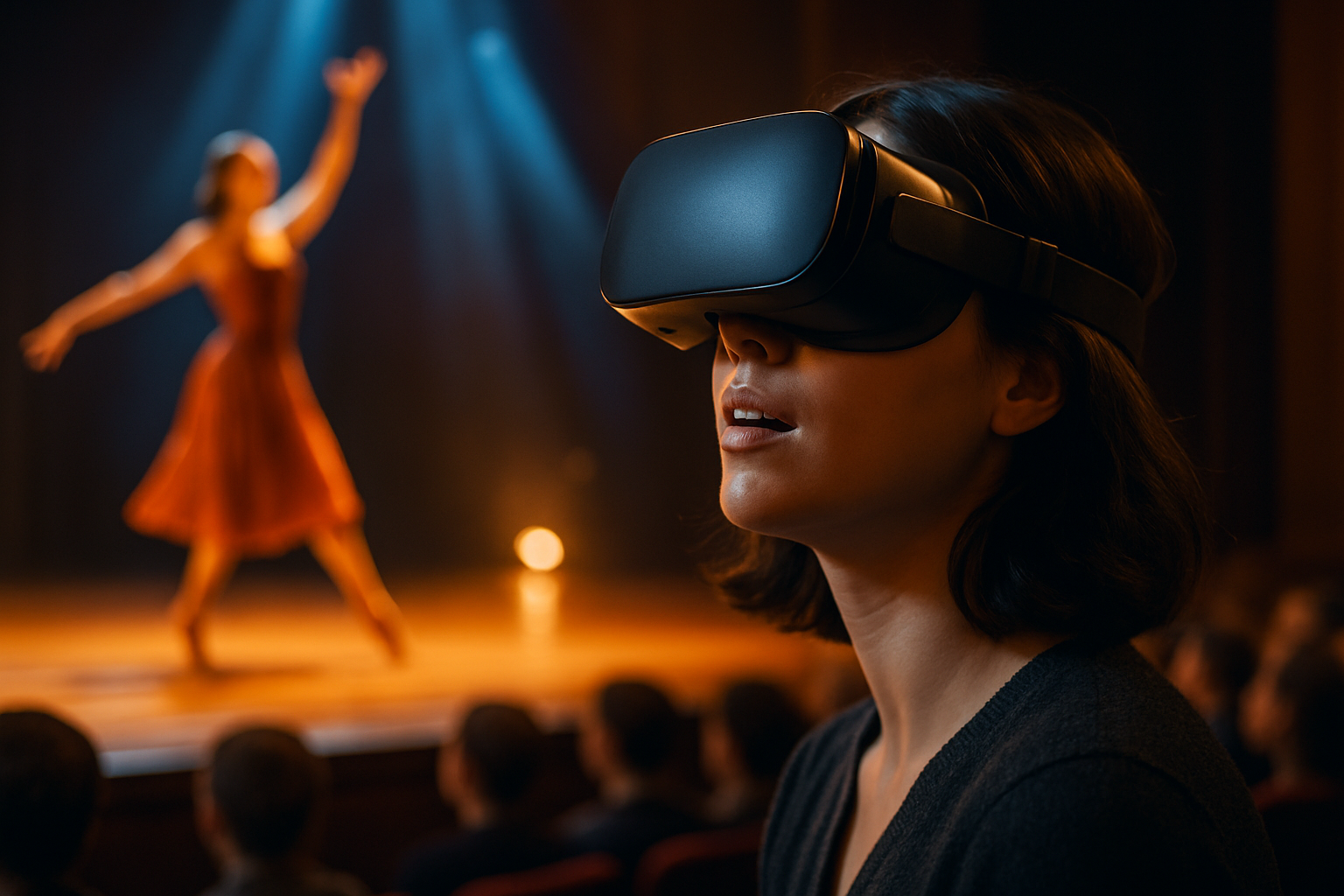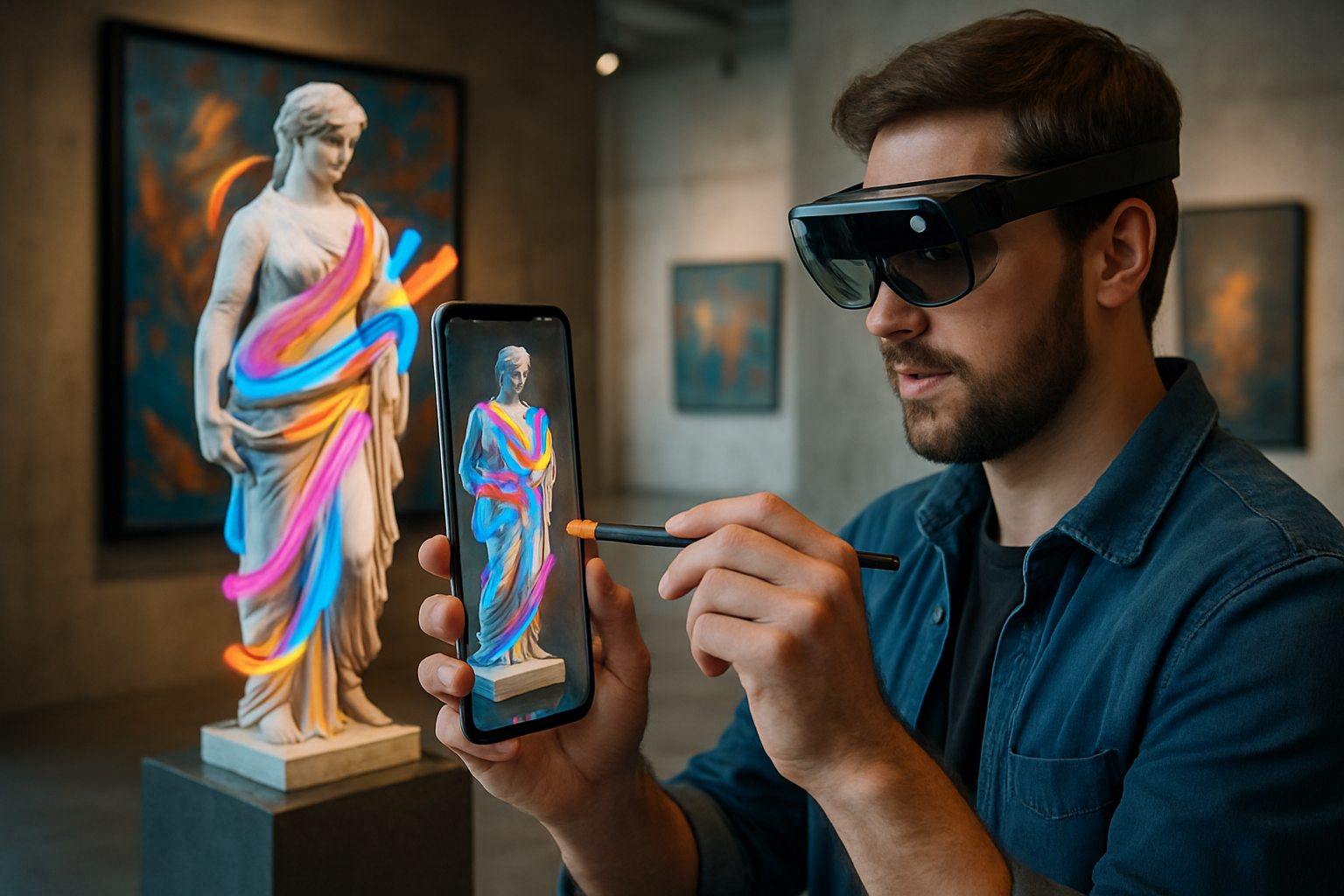Neurobics: The Mental Gymnastics Revolutionizing Brain Health
How often do you challenge your brain in new and unexpected ways? Imagine a fitness regime not for your body, but for your mind. Welcome to the world of neurobics, a cutting-edge approach to cognitive wellness that's transforming our understanding of brain health. This innovative practice promises to keep our minds sharp, agile, and resilient as we age. But what exactly is neurobics, and can it truly boost our brain power?

The concept emerged from Katz’s research on neuroplasticity, the brain’s ability to form new neural connections throughout life. He observed that engaging multiple senses simultaneously and breaking routine patterns of behavior could lead to increased neural activity and potentially improve cognitive function.
The Science Behind Neurobics
At its core, neurobics is based on the principle of brain plasticity. When we engage in new, unexpected experiences that involve multiple senses, our brain creates new connections between neurons. This process, known as synaptogenesis, is crucial for maintaining cognitive flexibility and adapting to new situations.
Research has shown that activities that challenge our brain in unfamiliar ways can increase the production of neurotrophins, proteins that support the growth and survival of neurons. A study published in the Journal of Neurophysiology found that rats exposed to novel environments showed increased levels of brain-derived neurotrophic factor (BDNF), a protein associated with improved memory and learning.
Neurobics in Practice
Implementing neurobics into daily life doesn’t require complex equipment or specialized training. The key is to shake up your routine and engage your senses in unconventional ways. Here are some neurobic exercises to consider:
-
Brushing teeth with your non-dominant hand
-
Getting dressed with your eyes closed
-
Taking a new route to work or the grocery store
-
Eating a meal while focusing intensely on the flavors and textures
-
Having a conversation using only visual cues and gestures
These activities force your brain to process familiar tasks in new ways, creating fresh neural pathways and enhancing overall cognitive function.
Benefits Beyond Brain Health
While the primary focus of neurobics is cognitive enhancement, practitioners report a range of additional benefits. Many find that regular neurobic exercises lead to increased creativity, improved problem-solving skills, and enhanced emotional resilience.
Moreover, the practice of neurobics can serve as a form of mindfulness, encouraging individuals to be more present and aware of their surroundings. This heightened awareness can contribute to reduced stress levels and improved overall well-being.
Integrating Neurobics into Modern Lifestyles
As our lives become increasingly digital and routine-driven, finding opportunities for neurobic exercises can be challenging. However, technology itself can be leveraged to support neurobic practices. Several apps now offer daily challenges designed to engage multiple senses and break mental routines.
Workplaces are also beginning to recognize the value of neurobics. Some forward-thinking companies are incorporating neurobic principles into their office designs, creating spaces that stimulate different senses and encourage novel interactions among employees.
Neurobic Nuggets: Quick Tips for Brain Fitness
-
Eat breakfast with your eyes closed, focusing on the textures and flavors
-
Listen to a foreign language podcast during your commute
-
Rearrange your desk or workspace weekly
-
Try writing with your non-dominant hand for five minutes daily
-
Engage in conversation with a stranger at least once a week
-
Use a new font on your computer to challenge your visual processing
The Future of Cognitive Wellness
As we continue to unravel the mysteries of the brain, neurobics stands out as a promising approach to maintaining and enhancing cognitive health. Its simplicity, accessibility, and basis in neuroplasticity make it an attractive option for individuals of all ages seeking to keep their minds sharp and agile.
While more research is needed to fully understand the long-term impacts of neurobics, early results are encouraging. As we face an aging global population and rising rates of cognitive decline, practices like neurobics may play a crucial role in promoting brain health and preserving quality of life well into our later years.





